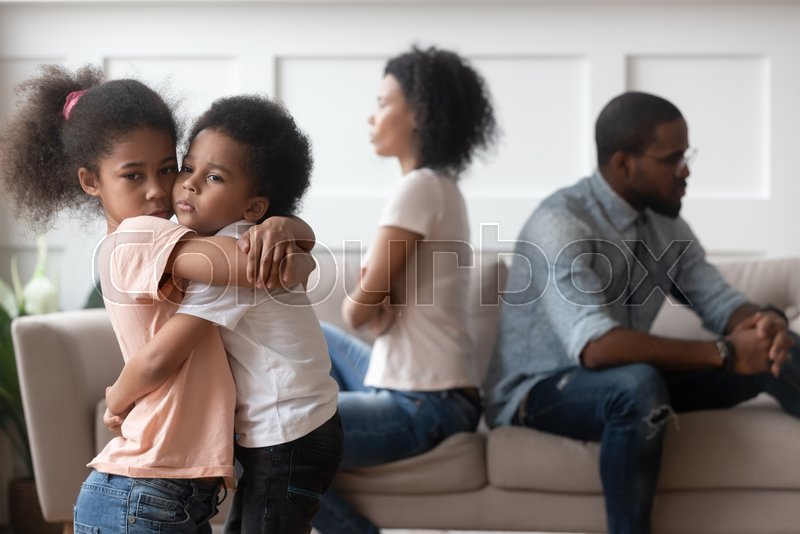Are You A Divorcee With Kids? This Study Will Help You Understand How Managing The Crisis Can Improve Your Child’s Mental Health & Behaviour

Divorce is a difficult conclusion to what was once a beautiful love story. We like to think that it will never happen to us but sometimes, there are hardly any other options left to keep a union afloat. When you are a divorcee with no kids involved, it could be a lot easier but what if you have kids? A study of children of divorce has found that differences in children’s coping styles during the first three years after the divorce predict the degree to which they experience mood/anxiety problems (“internalising”) and behaviour problems such as delinquency (“externalising”) when these are measured six years later. On this basis, the researchers recommend that children of divorcees should be given specific support with coping techniques, particularly those in high-conflict situations.
As it is, divorce tells even on the adults who got separated but this study emphasises that children from such situations are often the worst hit and especially in high-conflict divorces.
The study identified three different types of coping mechanism among 240 children of divorce, assessed by means of checklists that the children were asked to complete five times over six years:
- Problem-focused coping – e.g., “tried to make things better by changing what you did.” This measure also covered a thoughtful approach to working around problems
- Cognitive restructuring coping – e.g., “told yourself that it would be OK.”
- Avoidant coping – e.g., “tried to stay away from things that upset you.”
Also measured was ‘coping efficacy’ – e.g., “how well do you think that the things you did during the last month worked to make the situation better?”
READ ALSO: Wealth Coach & Divorced Mom, Samke Mhlongo’s Message To Divorcees Is So Thoughtful!
Children of divorce who were exposed to high levels of conflict over the first year of the study and also demonstrated a problem-focused approach to coping were less likely to exhibit internalising problems six years later. Across the entire sample, children who demonstrated a cognitive restructuring approach and who reported high efficacy in coping with divorce were less likely to display both internalising and externalising problems. Young people in this group who were exposed to high and continuing parental conflict over the six years were less likely to have used marijuana, suggesting that a strong coping mechanism is particularly important for children of divorce with high conflict.
The researchers examined the trajectories of exposure to conflict for the 240 children of divorce and discerned three groups:
- Low conflict at the start, decreasing during the first year and stable thereafter (“low decreasing”) – 62% of the children
- High conflict at the start and decreasing throughout the first year to the same low level as the previous group (“high decreasing”) – 30% of the children
- High conflict during the first year and getting worse over the following five years (“high increasing”) – 9% of the children
Children in the high conflict groups exhibited more internalising and externalising problems than the other children, more marijuana use (measured at six years), more sexual partners (measured at six years) and more mental disorders (also measured at six years).
The children of divorce in the sample were all nine to 12 years old and had experienced the separation of their parents in the previous two years. Measurements of coping were taken five times, four in the first year and once five years later. The measures of parental conflict, approach to coping, mental health, substance abuse and sexual partners were all taken through asking the children directly. For measures of mental health, mothers were also asked.
In the USA, 30% to 40% of children have experienced the separation of their parents by the age of 15. Whilst the large majority of children of divorce do not develop long-lasting problems, some experience a wide range of difficulties, including mental disorders, substance abuse and academic underachievement. Exposure to high conflict is known to be a risk factor for later problems, and in this sample a substantial minority of the young people – 39% – were exposed to high conflict.
In the light of the prevalence of exposure to high conflict and the results of this research, the team of researchers recommends targeted programs for children of divorce, focusing on coping mechanisms, particularly in high-conflict situations.


